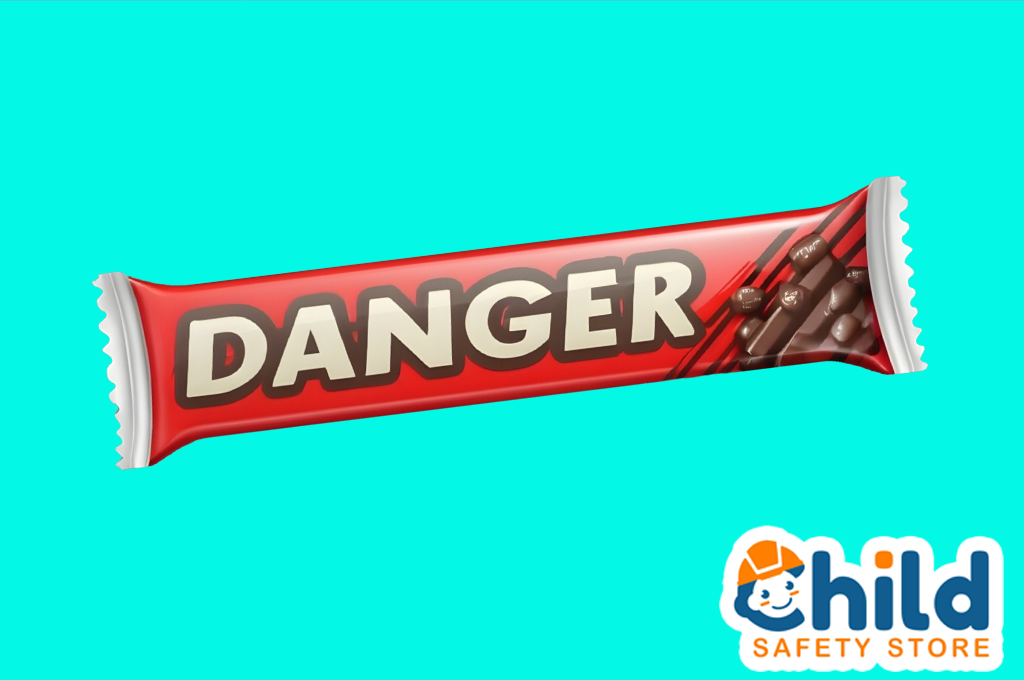
Red Dye 3: The Hidden Danger Lurking in Many Candies
Have you ever heard of Red Dye 3? Even if you haven’t, it’s likely that you or your kids have consumed it. Unfortunately, studies have shown that this synthetic dye is a known carcinogen for laboratory animals. As parents and caregivers, the safety of the treats we offer our children should be taken very seriously.
With the candy-stuffed Easter morning approaching, this seems like a perfect time to warn about this potential danger hiding in popular treats. In this blog post, we'll delve into what Red Dye 3 is, why it's concerning, and how you can protect your children from its potential harm.
What is Red Dye 3?
Red Dye 3, also known as Erythrosine, is found in a surprising amount of the foods we eat. Recent reports have highlighted the presence of Erythrosine in thousands of foods, including various popular candies.
According to the Food and Drug Administration (FDA), Red Dye 3 has been classified as a known carcinogen. It causes cancer in laboratory animals, specifically rats. Furthermore, research conducted by the National Institute of Health (NIH) has linked Red Dye 3 to DNA-damaging abilities in human breast cancer cells, raising serious concerns about its safety for consumption.
Why is This Still In My Candy?
Good question! Despite its classification as a carcinogen, Red Dye 3 remains surprisingly prevalent in a wide range of popular candies. These are obviously consumed by children, making this even more alarming. Despite being banned from use in cosmetics like lipsticks, due to its carcinogenic properties, it is still permitted in food products by the FDA.

What Candies are Affected?
There are quite a few treats that contain Red Dye 3. Notably, these include Peeps, Nerds, candy corn, SweeTarts, and plenty of others. This synthetic dye is used to achieve vibrant red colors. As concerned parents, there is an urgent need for increased awareness to address the risks posed by Erythrosine in our children's diets.
Advocacy Efforts and Industry Responses
According to this 2023 report from Consumer Affairs, numerous consumer advocacy groups are on the case. One of them, the Center for Science in the Public Interest (CSPI), have actively petitioned the FDA to remove Red Dye 3 from the list of approved color additives in foods.
These efforts are supported by 23 other organizations and prominent scientists who share concerns about the health implications of consuming this substance.
Unfortunately, despite these advocacy efforts, Red Dye 3 continues to be permitted in candies and other food products. However, the tide does seem to be turning. In October last year, California became the first US state to ban the dye in food products starting in 2027. Additionally, several other states, including New York, Illinois, and Washington, have introduced bills to ban Red 3.
At the very least, there is progress being made. For example, the popular marshmallow candy Peeps has vowed to remove the dye from their recipe... but not until after Easter 2024. That's good news for the future, but not very helpful today.

Keeping this in mind, it's essential for consumers to remain informed and discerning when it comes to the ingredients in the products they purchase for their families.
3 Practical Protective Steps for Shoppers
As parents and caregivers, there are proactive steps we can take to minimize our children's exposure to Red Dye 3 and other potentially harmful additives:
- Read Labels Thoroughly: Reading the ingredients list is a terrific way to learn what you are putting into you and your kids' bodies. The general rule of thumb is to avoid products with ingredients that you don't know how to pronounce. In this case, prioritize products with transparent labeling and avoid those containing Red Dye 3 or other synthetic color additives.
- Seek Alternatives: Explore natural or organic candy options that utilize plant-based colorants derived from fruits and vegetables. In the past, we’ve discussed quality foods and drinks to offer kids. This is a perfect opportunity to put those choices into action!
-
Educate and Empower: Teach children about ingredient awareness and the importance of making informed food choices to safeguard their health.

By staying informed and making mindful choices, we can work together to protect our children from the potential risks associated with Red Dye 3 and promote a healthier future for generations to come.
